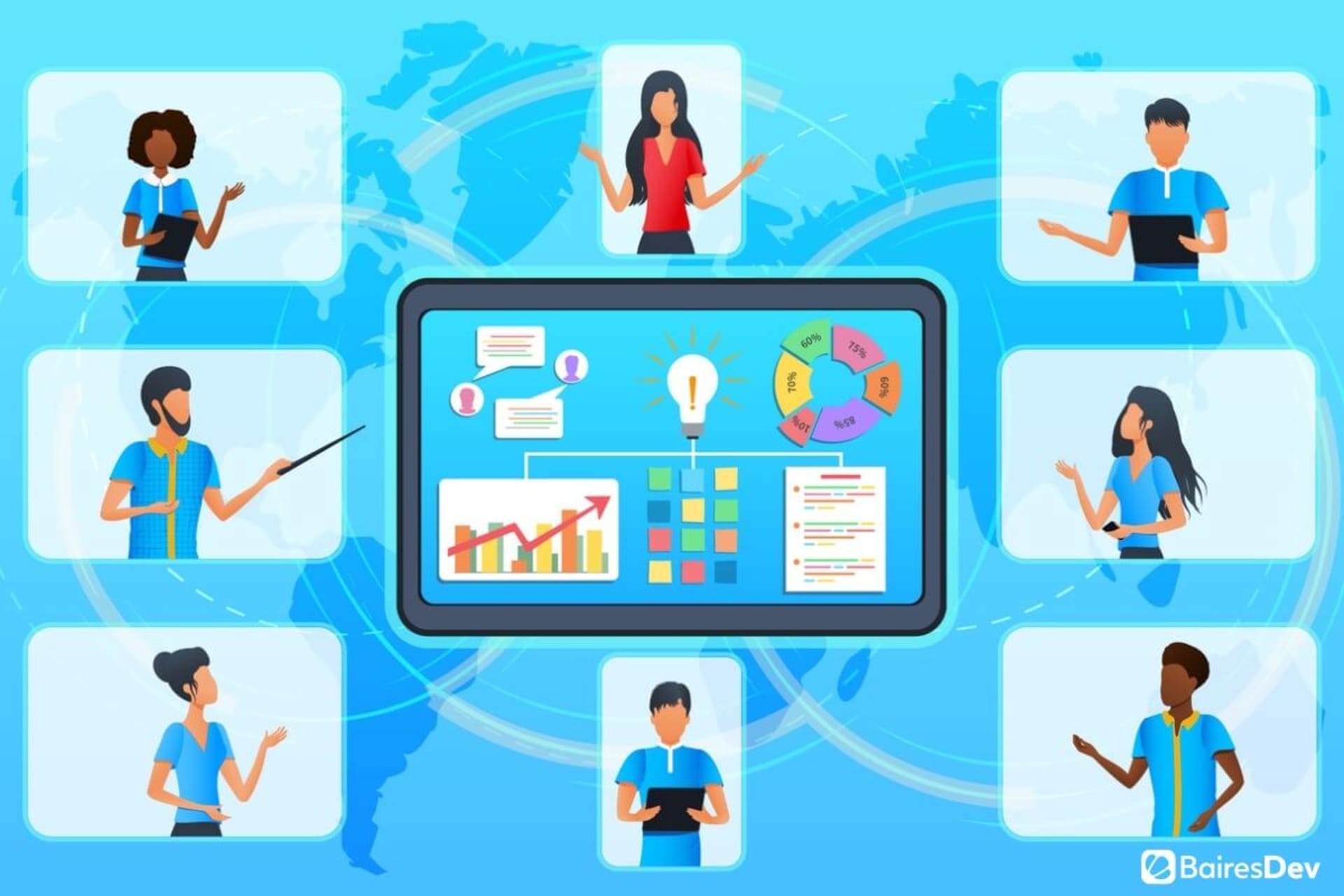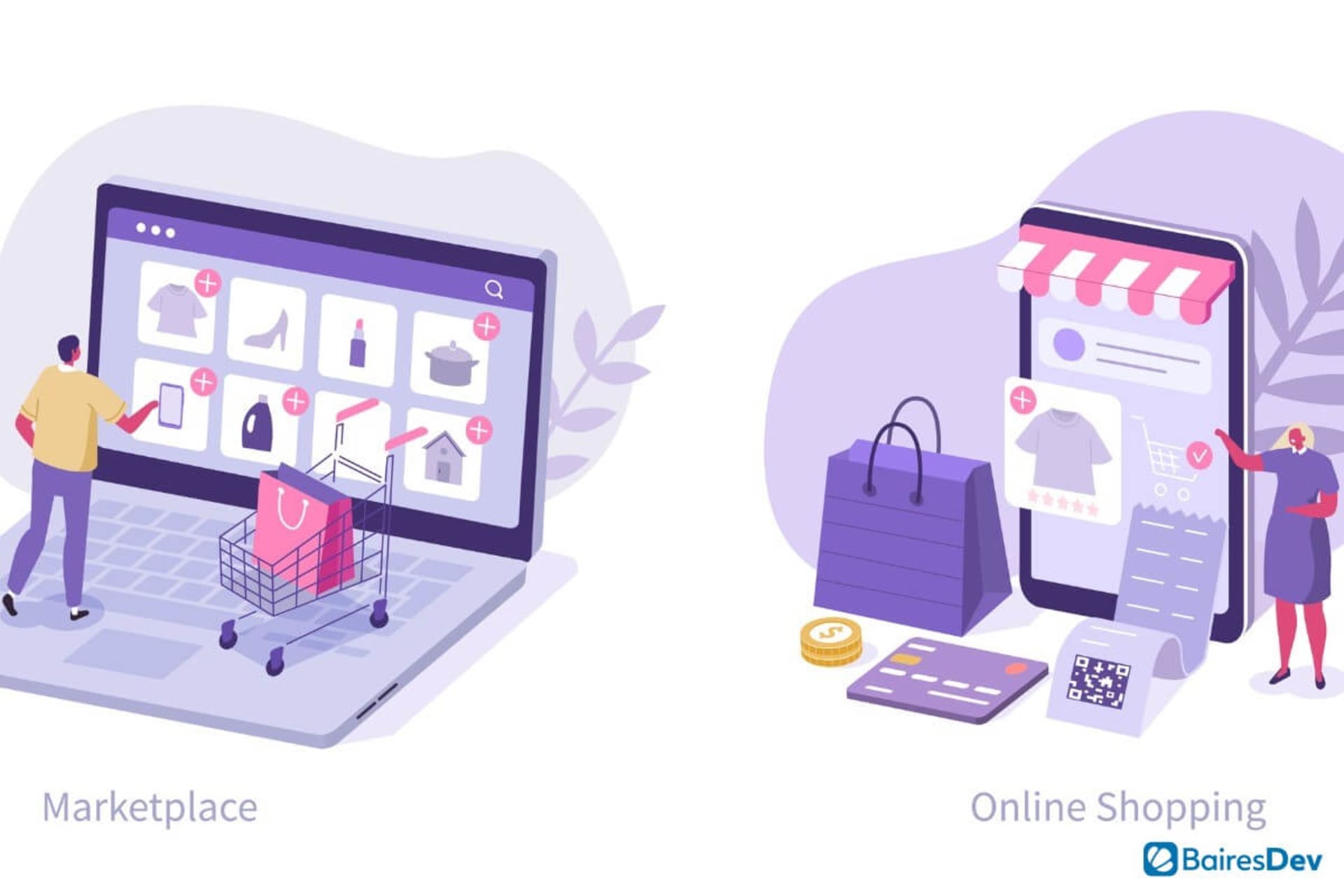With so many new technologies appearing seemingly every day and upgrades constantly on the horizon, it can be difficult to ensure that all your employees stay up to date. Nonetheless, it’s a critical task for keeping your company running without hiccups.
What’s more, your employees are probably frustrated with everything they have to learn and wonder what it’s so important to constantly adapt to the ever-changing technology landscape. So, what do you do? Here are 10 tips for educating your employees on the critical tools they need to use in an increasingly digital landscape.
1. Research Your Options
Before you attempt to teach your employees about new technologies, spend some time making sure you’re choosing the right platforms and systems for your business. This will take a solid amount of research and consultation with employees who are knowledgeable about the technology landscape, such as your software developers and IT team.
With so many options for practically every business function, from human resources to marketing to finance, it can be difficult to pinpoint the best one for your business. Consider factors such as:
- The value the tool provides
- The industry standards and platforms your competitors are using
- Who will be using the tools
- Your expectations for the software
- What other systems are in place — you’ll need to be able to integrate them into your technological ecosystem
2. Understand the New Systems
Once you’ve settled on the right software for your business, spend some time learning the ins and outs of it yourself. You can’t expect your employees to understand the software if you yourself don’t. Plus, every student needs a well-informed teacher. They’ll know if you’re not up to speed.
Whether or not you’re the one leading the demonstration, employees look to you for leadership — and that includes knowing how to do what you expect them to do. Of course, those who are actually training employees should be adept at using the tools, too.
3. Bring in Outside Experts
In some cases, you may have the expertise you need on staff to train your other employees on how to use your new systems. In other cases, you may need the help of outside experts, such as an external team that already has plenty of experience in using these tools.
Whether you lack the time or necessary expertise, outsourcing your training needs is a viable option that will help you get your message across. Moreover, some employees may be more willing to trust an outside perspective, one that is clearly presented as an expert perspective.
4. Pitch Training
Just as you need to pitch a startup to investors or products to buyers, you also must pitch these new technologies to the employees who will use them. There could very well be a fair amount of skepticism surrounding these unfamiliar tools, so you’ll have to sell the idea to your staff.
Remember: it’s critical to create buy-in and support in order for the technologies to succeed at your business and to enable your employees to do their jobs well.
5. Incentivize It
On a similar note, you should try to get employees to not only be compliant but actually excited about these new tools. Ideally, they’re intrinsically exciting by virtue of their capabilities. But your employees may not see it that way, especially if the training is eating up time in their day, time they could be using to tackle their main responsibilities.
So, reward them for engaging. You could, for example, gamify the training process, encouraging employees to engage with the new tools by earning points. Or, you could resort to extrinsic rewards, like providing lunch or snacks during training.
6. Adapt Your Presentation for Different Audiences
People respond to different teaching methods. They also learn at different paces. As a leader, you must be willing and able to accommodate these different styles and timelines for learning the technologies you’re instituting at your organization.
That will often mean adapting your presentation to different audiences. While it’s probably not possible to create a different presentation for each employee, consider altering it for various groups, such as the various departments. Recognize, too, that not all audiences need to learn all the features, so focus on the critical functions each audience does need to know.
7. Develop a Timeline for Rollout
Time is an unfortunate constraint but a very real one. In the beginning, establish a timeline for rolling out the new platform at your organization, including benchmarks for when you expect different groups or departments to be using it. You should also determine the time at which you would like the entire company to be fully onboarded, understanding, of course, that hiccups will likely happen. So, establish a timeline but allow some flexibility in it.
8. Set Goals
What are your goals for this project? What concepts do you expect your employees to have mastered? How do you want them to be using the platform you’re rolling out?
These are just some of the questions you should ask yourself when you formulate your goals for the tools you’re implementing at your organization. Make sure you have clear goals, including employee learning, timelines, benchmarks, and whatever else you’d like to be able to accomplish.
9. Celebrate Victories
What happens when you achieve those goals you so carefully laid out? You celebrate! Whether an employee managed to master a particularly complex objective or an entire roomful of employee-pupils grasped the intricacies of a difficult tool in record time, take a moment to recognize the achievement.
And even after the training for a specific new tool is more or less complete, you should still draw attention to it by demonstrating how it’s improving your organization in “the real world.” Highlight accomplishments the team has made, for instance, that they would not have been able to do otherwise.
10. Keep Improving
As you continue to accelerate digitally, you’ll adopt new technologies and upgrade existing ones. This is critical for moving forward. And as you grow technologically, you’ll need to continue to train employees.
Keep honing your training process to accommodate new technologies and teach employees more effectively. There’s always room for improvement, after all!






